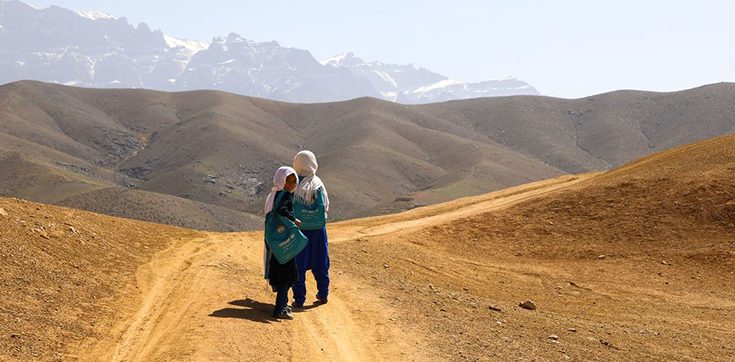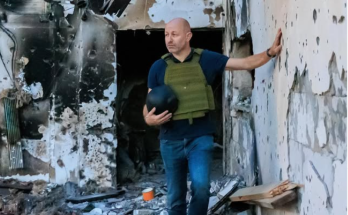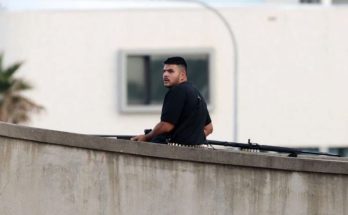New York: The UN’s leading expert on issues facing children caught up in war, on Thursday released a new analysis on the importance of considering how gender differences impact young people during armed conflicts.
The study, The Gender Dimensions of Grave Violations Against Children In Armed Conflict, sheds light on the importance of better understanding the various risks they face, and how they can be reduced.
“With this first study, we understand that integrating a gender perspective in the implementation of the Children and Armed Conflict (CAAC) mandate can contribute to a better comprehension of the impact of unseen gender norms and biases when it comes to the protection of children,” said the UN Special Representative advocating for children in conflict, Virginia Gamba.
The gender lens
The Gender dimensions study emphasizes the significance of understanding the interlinked nature of grave violations against children for holistic, age-appropriate and gender-responsive prevention and response.
Launched during a high-level event, the report also stresses the importance of supporting the UN and partners on the ground to provide the appropriate resources and capacities to analyse grave violations against children through a gender lens.
“The study further shows that dedicating adequate resources to the gender analysis of grave violations…can help expose how gender is being instrumentalized in different conflict settings – and ensure that we are better equipped at responding and preventing grave violations,” Ms. Gamba added.
Providing tangible evidence, it outlines how children are affected differently by conflict based on their gender and other identity-based characteristics, including ethnicity, race, religion, economic status and sexual orientation.
“For instance, the proportion of girls associated with armed groups tends to be vastly under-estimated because girls are generally less visible than boys and often released in an informal manner, blocking their reintegration and ultimately impacting the figures of girls recruited and used,” the senior official explained.
Monitoring essential
In the last few years, significant progress has been made on compiling sex-disaggregated data in most countries on the CAAC agenda.
However, an in-depth gender analysis requires more than numbers, for data alone will not increase understanding of individual, group, or environmental risk factors for children that drives the abuse they suffer in different ways, or shed sufficient light on the motivation of perpetrators, according to the UN office.
The paper reveals that the greater the UN’s monitoring capacity on the ground, the better ability it will have to conduct gender analysis and integrate a gender perspective in its monitoring, reporting and response to grave violations.
This analysis can also inform international policy, advocacy as well as accountability.
Call for support
Ms. Gamba called on the international community to continue providing political and financial support, for greater child protection expertise on the ground.
“Integrating a broader gender perspective to the Children and Armed Conflict agenda, would allow responses to grave violations to be more context-specific and inclusive of diverse population groups, which would in turn support and strengthen the mandate and broaden its partnerships,” she said.





